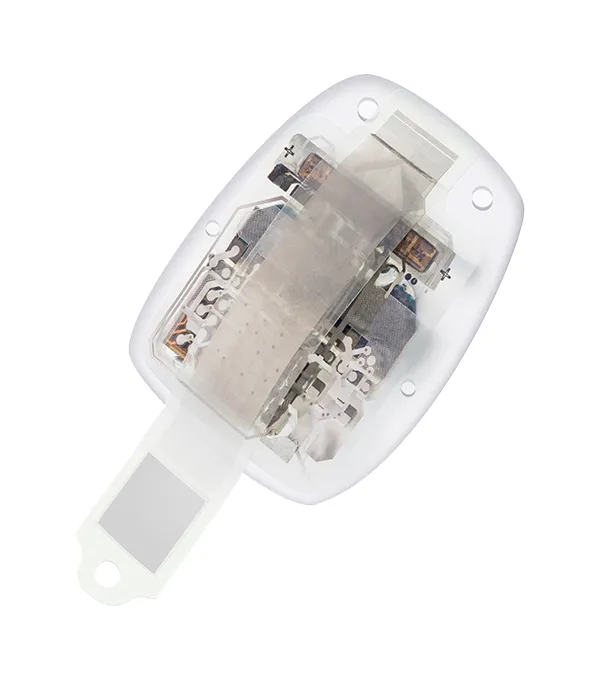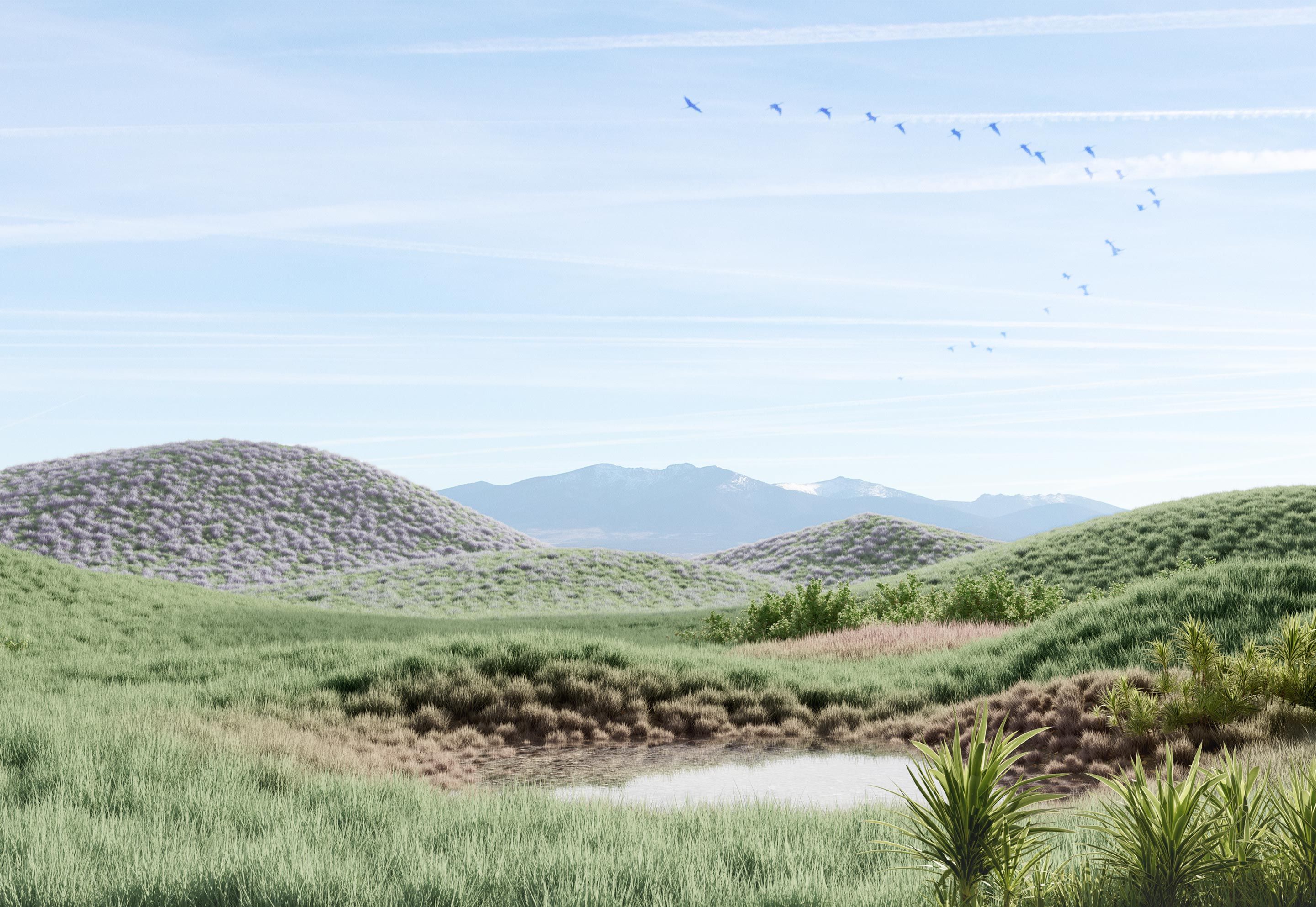An advanced optogenetic visual prosthesis for patients with serious blindness due to photoreceptor loss
Today we’re excited to take the covers off of our first flagship product development program: the Science Eye, a visual prosthesis targeted at retinitis pigmentosa (RP) and dry age-related macular degeneration (AMD), two forms of serious blindness presently without good options for patients. The Science Eye is a combination device that uses an optogenetic gene therapy targeted at the cells of the optic nerve (the retinal ganglion cells) in conjunction with an implanted flexible thin-film, ultradense microLED display panel inserted directly over the retina.
In diseases like RP and dry AMD, the light-sensitive cells in the back of the eye – the photoreceptors – have died, but the cells of the optic nerve itself remain. By inserting a gene into the cells of the optic nerve, we can make it possible to stimulate them using a small display inserted into the eye.
Making the optic nerve itself light sensitive doesn’t restore vision per se: there are over 100 million photoreceptors per eye but only around 1 million retinal ganglion cells. In other words, the signal sent down the optic nerve is heavily compressed relative to the image that is formed onto the photoreceptors through the eye’s lens. It is this compressed data that the Science Eye implant stimulates into the optic nerve, and images the first patients will experience might look quite different from what you or I think of as vision. This is something we think will improve as we learn more – much of this neuroscience is difficult to do in animals – but even so, we hope to restore significant independence to even our (future) early patients.
There are many reasons people can go blind, and the Science Eye is only relevant for some of them. The Science Eye isn’t relevant for cataracts, which are usually easily treatable through surgery today, or glaucoma, which is when high pressure inside the eye results in atrophy of the optic nerve itself. Someday it may be possible to regenerate the optic nerve, and lots of exciting research is pointing in that direction, but that is beyond the scope of our work on the Science Eye today.
We are optimistic about the potential of the Science Eye – a paper demonstrating early functional results in rabbits will be forthcoming, once the i’s are dotted and t’s crossed – but it is still a ways away from becoming available to buy. Our primary focus is on demonstrating sufficient safety data in animals so that we can begin a first-in-human clinical study, which is the first step towards an eventual commercial product. We are working as quickly as we can and hope that commercialization isn’t too far off, but for now it is important to emphasize that the Science Eye is not available for purchase and will not be available until we can satisfy both ourselves and regulators that it is safe and effective, which will take time and further development.
With that said: we do want to convey a sense that we don’t think there are hidden basic research problems in the way of our progress. We’ve all read Wired articles about how bionic eyes were 5 years away since the 90’s, and so they have seemed to stay. Our strongest hope is to bring something meaningful to market in the not too distant future.
We are by no means the first to work on visual prostheses, or even the particular idea of using optogenetics in the optic nerve. What makes the Science Eye different is that by placing an extremely high resolution (~8x denser than an iPhone 13 Super Retina display!) microLED film directly over the retina that moves with the eye, we can maintain a constant pixel-to-cell mapping, unlike projector-based approaches. Since there are many different types of retinal ganglion cells, each conveying different streams of information, the constant mapping is very important in allowing us to learn sophisticated encodings that go beyond basic flashes of light or vague shapes.
At Science, we have a broad mandate to follow interesting technical insights wherever they lead us, and are always looking for exceptional scientists and engineers to join our team and help us make our ambitions for a bright future a reality.

